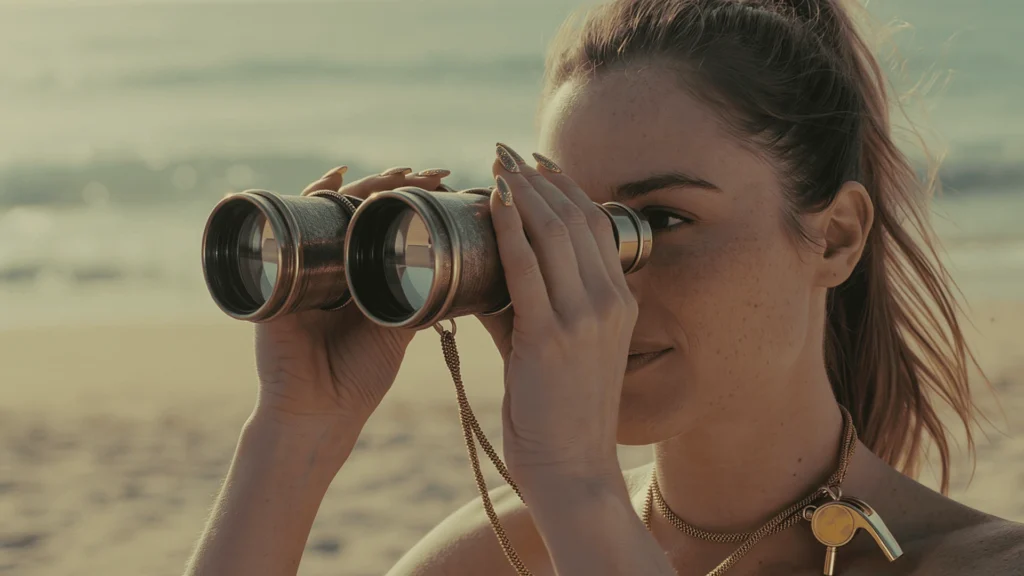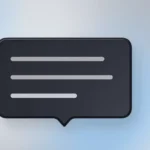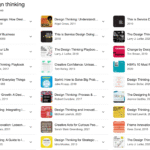Visual literacy is the ability to see patterns, understand why compositions work, how color evokes emotion, and how elements interact. This skill develops over time, but you can accelerate it by working systematically.
In this post, I’ll talk about how I improved my visual literacy, the tools and services I used, and the habits that helped me develop a designer’s eye. I’ll guide you through the process. We’ll use the usual 21 days to build a habit, but I’ve included a little extra in this guide. Let’s dive into the step-by-step journey, starting with immersing yourself in the visual world.
Days 1–7: Immersion in the Visual World
The first thing I did was actively consume visual content. Not just scrolling through images, but analyzing them.
I subscribed to:
- Pinterest: I created boards based on style and color palettes.
- Behance: I explored professional portfolios from around the world.
- Dribbble: I found inspiration in interfaces, icons, and animations.
- Muzli: I got daily collections of new projects and trends.
Each day, I picked 3–5 works and dissected them by asking: How is the composition organized?
- What colors are used and why?
- Which fonts and text hierarchies are applied?
- What emotions does the work evoke?
You can add your own questions, depending on what you want to focus on while developing visual literacy.
Tip for beginners: Don’t just look. Keep a diary of your observations. I wrote down my insights in Notion and soon noticed patterns repeating.
Days 8–14: Copying and Experimenting
After a week, I realized that to solidify skills, you need to reproduce what you see, or the knowledge fades.
- Pick a logo or webpage you like.
- Try to recreate its composition and color scheme.
- Sometimes the results weren’t perfect, but the key was understanding the concept and training the eye.
You can make this both fun and useful by using GoodBrief.io, which also helps you build your portfolio.
Mini-project ideas for training visual literacy:
- Redesign packaging for a fictional brand.
- Create a mobile app interface based on an existing work.
- Build a moodboard of 10–15 images around a theme, e.g., minimalism or retro-futurism.
Recommended tools: Canva for quick layouts, Milanote for moodboards, and Figma for interface experiments.
Days 15–30: Merging Disciplines
Design doesn’t develop in isolation. Disciplines like architecture, art, music, and science each shape your creative vision in graphic design by offering new perspectives and methods.
Architecture
When exploring architecture, notice composition, light, shadow, scale, and textures. See how building designs from different eras relate to principles in graphic design—like guiding the viewer with lines or balancing volumes in layouts.
Try: Walk the streets of your city, visit architecture exhibitions, and explore virtual tours on Google Arts & Culture.
Art
Painting and sculpture highlight how color, emotion, and symbolism are used. Exploring varied art styles, like Renaissance and Modernism, deepens your grasp of visual storytelling, directly benefiting graphic composition.
Sources: Artsy, WikiArt, museum Instagram accounts.
Music
By analyzing structure in genres like jazz or electronic music—through rhythm, harmony, and dynamics—you uncover parallels to contrast and flow in graphic design. Music teaches how to arrange elements for impact.
Then I translated these principles into visual solutions: what serves as background, what as an accent.
Tools: Spotify, SoundCloud, HALIDONMUSIC on YouTube.
Science
Scientific patterns—like fractals, the golden ratio, symmetry, and geometry—can inspire harmonious, well-balanced graphic compositions. These concepts from science translate into real strategies for layout and structure in design.
Logos with correct proportions and interfaces with natural hierarchy come from this. Search, explore, create.
Tools: Wolfram Alpha, GeoGebra, YouTube science visualization channels like Veritasium, MinutePhysics, 3Blue1Brown.
Tip: Record your observations from architecture, art, music, and science. Try to find ways to use them in your design work. This is how you create something unique.
Continuous Practice
To grow visual literacy, I developed daily habits:
- Morning and just before bed, when I’m most productive.
- Even TikTok recommendations now align with my training.
- Spend 15–30 minutes analyzing new works.
- Create one mini-project weekly.
- Make a daily moodboard with 5–10 inspiring images.
At first, it will be tough, but soon you’ll enjoy the process. Keep an eye on trends: Awwwards, Smashing Magazine, DesignTaxi.
Using AI to Train Visual Literacy
Take a screenshot of a project or illustration that you like or that puzzles you. Then type a simple prompt:
“Analyze this composition: color palette, balance of elements, hierarchy, visual accents. Give recommendations for improvement.”
AI can explain what works and what could be improved. This helps you train your eye and spot patterns. Still, remember that ChatGPT’s opinion is just one perspective among many.
You may find the P.E.R.D. prompt structure useful:
- P — Prompt: The task or request.
- E — Example: An example of the desired output or style.
- R — Role: The role AI should play (designer, scientist, editor).
- D — Details: Additional conditions, limitations, style, tone.
Example:
- P: Create a logo for a coffee shop.
- E: For example, like Starbucks — simple, with a symbol and text.
- R: You are an experienced graphic designer.
- D: Brown and green colors, minimalist style, no gradients.
This helps formulate prompts clearly, reduces iterations, and makes AI work more predictable. After a month of dedicated visual literacy training—combining immersion, hands-on work, interdisciplinary expansion, and technology—what changes can you expect to see?
I began seeing patterns in any work: color, composition, textures. Ideas for projects come faster. Sometimes I walk down the street, see something, and my trained eye instantly sparks an idea. Projects of a visually literate designer feel whole and harmonious.


